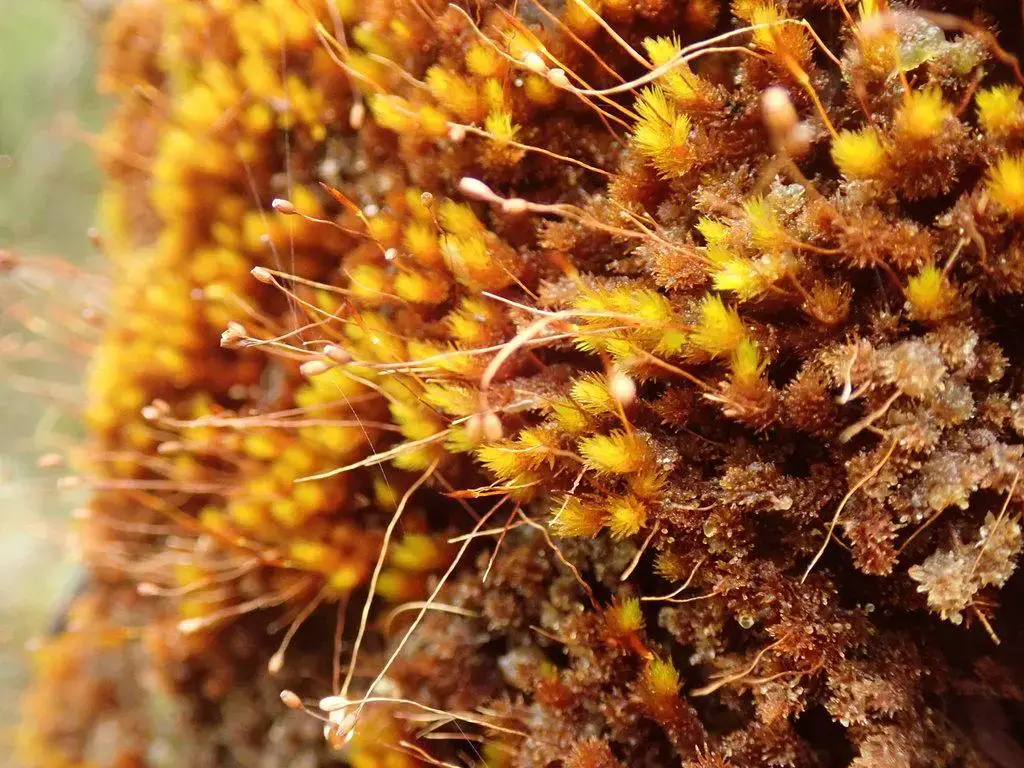
large.jpeg from: https://inaturalist.nz/observations/88236610
Macromitrium validum Herzog: A Fascinating Moss of the Orthotrichaceae Family
Introduction
The world of mosses is full of fascinating species, each with their own unique characteristics and ecological roles. One particularly interesting moss is Macromitrium validum Herzog, a member of the Orthotrichaceae family. In this blog post, we’ll dive into the details of this remarkable moss, exploring its morphology, global distribution, habitat preferences, and ecological adaptations. Get ready to be amazed by the wonders of Macromitrium validum Herzog!

Macromitrium-prolong01l.jpg from: https://www.digital-museum.hiroshima-u.ac.jp/~museum/habit/moss_habit/Macromitrium prolongatum/Macromitrium_prolongatum.html
Background
Macromitrium validum Herzog is a species of moss belonging to the genus Macromitrium, which contains over 300 species worldwide. The Orthotrichaceae family, to which Macromitrium belongs, is known for its diverse array of mosses that often grow on trees or rocks. Macromitrium validum Herzog was first described by the botanist Theodor Herzog in the early 20th century and has since been studied by bryologists around the globe.
Morphology and Identification
One of the most striking features of Macromitrium validum Herzog is its distinctive capsule shape. The capsules are cylindrical and slightly curved, with a peristome (a ring of teeth around the capsule mouth) that is single and consists of 16 teeth. The leaves of this moss are lanceolate (lance-shaped) and have a costa (midrib) that extends to the leaf tip. Under a microscope, you can observe the papillose (bumpy) leaf cells, another identifying characteristic of this species.
Global Distribution and Habitat
Macromitrium validum Herzog has a wide global distribution, with populations found in tropical and subtropical regions of the Americas, Africa, Asia, and Oceania. This moss is typically found growing epiphytically on the bark of trees or on rocks in humid forests. It prefers shaded, moist environments where it can thrive alongside other bryophytes and lichens.
Ecological Roles and Adaptations
Like many other mosses, Macromitrium validum Herzog plays important ecological roles in its habitat. It contributes to nutrient cycling, helps retain moisture in the ecosystem, and provides shelter for small invertebrates. This moss has adapted to its epiphytic lifestyle by developing rhizoids (root-like structures) that allow it to anchor itself to tree bark and absorb water and nutrients directly from the atmosphere and rainwater.
| Characteristic | Description |
|---|---|
| Family | Orthotrichaceae |
| Genus | Macromitrium |
| Species | Macromitrium validum Herzog |
| Capsule Shape | Cylindrical, slightly curved |
| Peristome | Single, 16 teeth |
| Leaf Shape | Lanceolate |
| Costa | Extends to leaf tip |
| Leaf Cells | Papillose |
| Habitat | Epiphytic on trees or rocks in humid forests |
| Distribution | Tropical and subtropical regions worldwide |
Conclusion
Macromitrium validum Herzog is a prime example of the incredible diversity and adaptability of mosses. From its distinct morphology to its global distribution and ecological roles, this species showcases the beauty and importance of bryophytes in our world’s ecosystems. The next time you find yourself in a humid forest, take a closer look at the trees and rocks around you—you might just spot a patch of Macromitrium validum Herzog! What other secrets do you think this fascinating moss holds?